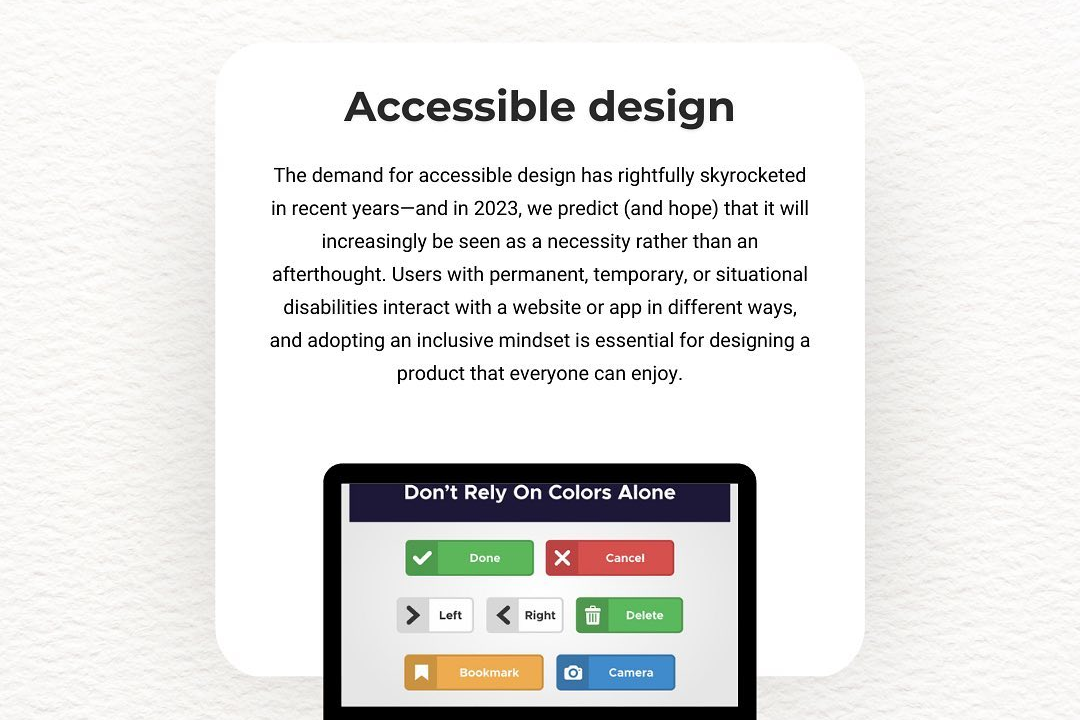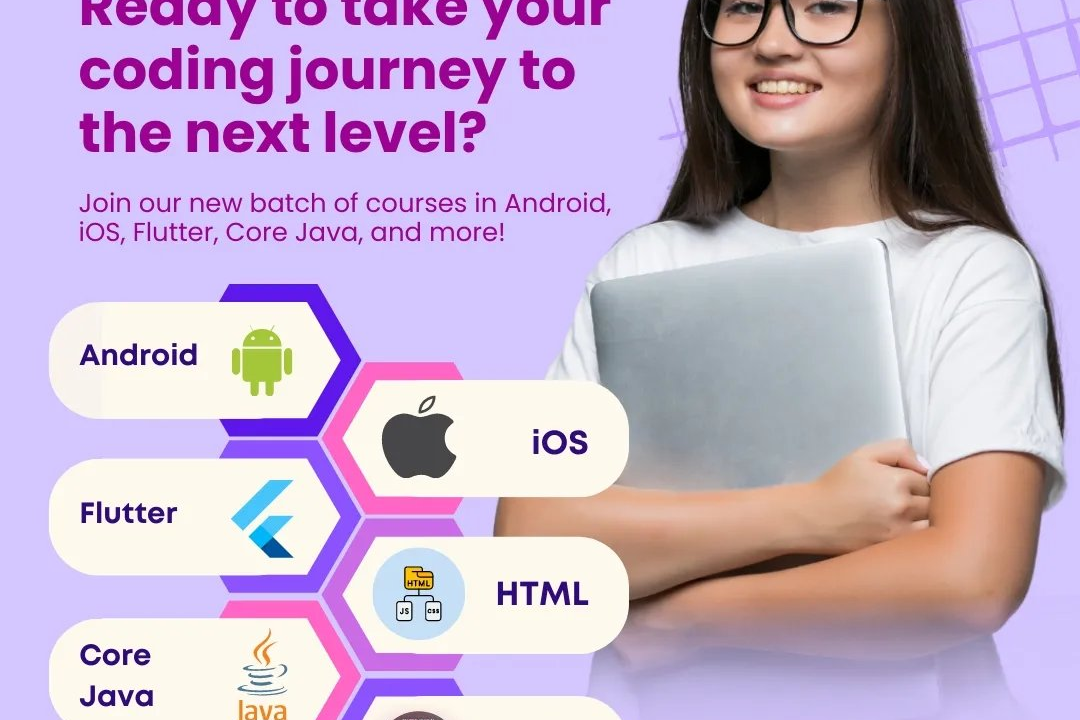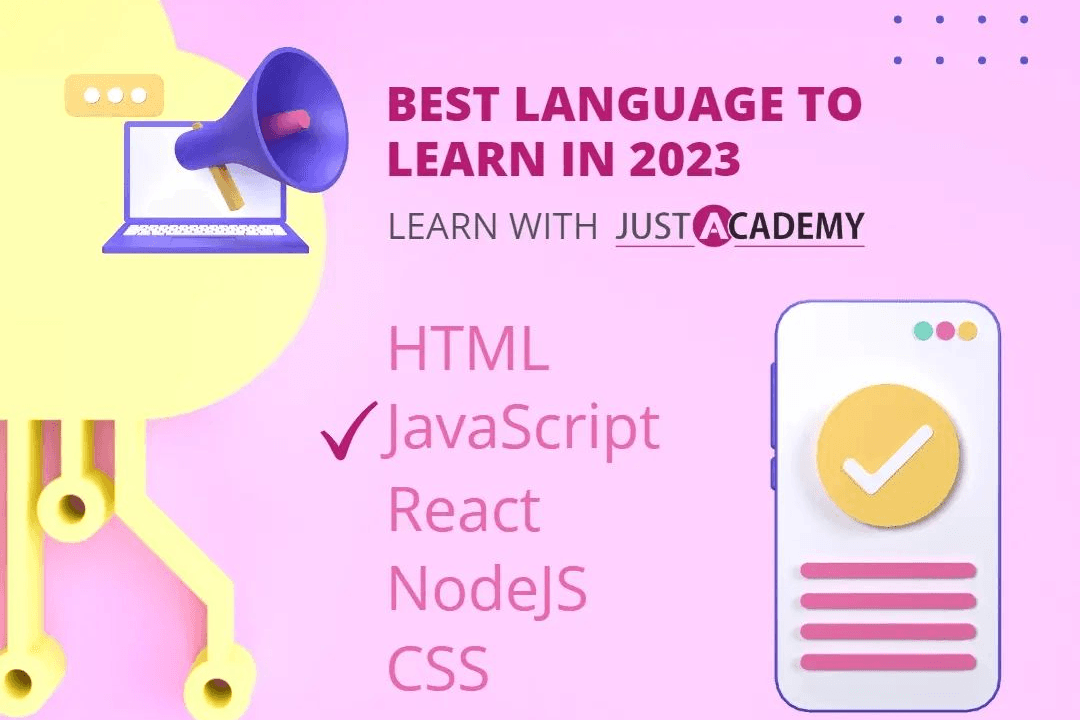Factorial Program In Php Using Html
A factorial program in PHP using HTML is a web-based application that calculates the factorial of a
Factorial Program In Php Using Html
A factorial program in PHP using HTML is a practical way to demonstrate how server-side scripting can process user input and perform mathematical calculations dynamically on a webpage. It is useful for understanding fundamental programming concepts such as loops, recursion, and form handling, while also showcasing how PHP can generate real-time results based on user interactions. This type of program is particularly valuable for beginners learning web development and mathematics, as it combines frontend input collection with backend processing, making it an effective tool for both educational purposes and building interactive, data-driven websites.
To Download Our Brochure: https://www.justacademy.co/download-brochure-for-free
Message us for more information: +91 9987184296
A factorial program in PHP using HTML is a practical way to demonstrate how server side scripting can process user input and perform mathematical calculations dynamically on a webpage. It is useful for understanding fundamental programming concepts such as loops, recursion, and form handling, while also showcasing how PHP can generate real time results based on user interactions. This type of program is particularly valuable for beginners learning web development and mathematics, as it combines frontend input collection with backend processing, making it an effective tool for both educational purposes and building interactive, data driven websites.
Course Overview
This course teaches you how to create a dynamic factorial calculator using PHP and HTML, enabling real-time computation of factorials through user input, with a focus on fundamental PHP scripting, form handling, and web-based math applications.
Course Description
Learn to build a dynamic factorial calculator with PHP and HTML, enabling real-time factorial computation through user input, covering core PHP scripting and web interface integration.
Key Features
1 - Comprehensive Tool Coverage: Provides hands-on training with a range of industry-standard testing tools, including Selenium, JIRA, LoadRunner, and TestRail.
2) Practical Exercises: Features real-world exercises and case studies to apply tools in various testing scenarios.
3) Interactive Learning: Includes interactive sessions with industry experts for personalized feedback and guidance.
4) Detailed Tutorials: Offers extensive tutorials and documentation on tool functionalities and best practices.
5) Advanced Techniques: Covers both fundamental and advanced techniques for using testing tools effectively.
6) Data Visualization: Integrates tools for visualizing test metrics and results, enhancing data interpretation and decision-making.
7) Tool Integration: Teaches how to integrate testing tools into the software development lifecycle for streamlined workflows.
8) Project-Based Learning: Focuses on project-based learning to build practical skills and create a portfolio of completed tasks.
9) Career Support: Provides resources and support for applying learned skills to real-world job scenarios, including resume building and interview preparation.
10) Up-to-Date Content: Ensures that course materials reflect the latest industry standards and tool updates.
Benefits of taking our course
Functional Tools
1 - HTML: The foundational markup language used to create the user interface of the factorial program. It structures the web page, provides input fields for users to enter the number, and displays the calculated result. Students learn how to design clear, responsive forms that facilitate easy data entry, ensuring the front end is intuitive and user friendly. HTML tags like form, input, label, and button are essential for building the interactive components needed for the project. Understanding HTML also helps students grasp the importance of semantic markup and accessibility in web development.
2) PHP: The server side scripting language that processes the user input, performs the factorial calculation, and generates dynamic content. Students will learn how PHP handles form submissions, manipulates data, and outputs the results back to the web page. PHP’s capabilities allow for efficient backend processing, making it ideal for such mathematical computations. The course also covers PHP syntax, variables, control structures, functions, and error handling, providing a comprehensive understanding of server side programming. PHP integration with HTML creates dynamic, interactive web applications that respond effectively to user inputs.
3) Text Editors and IDEs: Tools like Visual Studio Code, Sublime Text, or PHPStorm are pivotal for writing, editing, and debugging code efficiently. Students will be trained on how to set up these environments for PHP and HTML development, utilize syntax highlighting, and manage code organization. These tools enhance productivity by providing features like auto completion, code linting, and version control integration. Proper use of text editors fosters a professional development workflow, making code management easier and reducing errors during development.
4) Web Browsers: Modern browsers such as Google Chrome, Mozilla Firefox, or Microsoft Edge serve as testing platforms for the developed factorial web application. Learners will test and debug their web pages in real time, using developer tools available within these browsers to inspect elements, monitor network activity, and troubleshoot issues. Browser compatibility is crucial to ensure the application functions uniformly across different environments. Familiarity with browser tools helps students diagnose problems efficiently and improve the overall user experience.
5) Local Server Environment: Tools like XAMPP, WAMP, or MAMP provide the necessary local server setup to run PHP scripts on a personal computer. Students are trained on how to install, configure, and start these servers, creating a local environment that mimics live web hosting. This setup allows for safe testing and debugging of PHP applications without needing internet hosting initially. Understanding server configurations, document roots, and port settings prepares students for deploying their applications on live servers later, bridging the gap between development and production.
6) Version Control Systems (Optional but beneficial): Git along with platforms like GitHub or GitLab can be introduced to manage code versions and track changes throughout the project. Students learn essential Git commands and workflows, facilitating collaboration, backup, and version control. This knowledge promotes best practices in software development, enabling students to maintain organized and retraceable code bases. Incorporating version control into the course prepares learners for team projects and industry standard development processes.
7) Debugging Tools: Integrated debugging features in IDEs or browser developer tools assist students in identifying and fixing errors in their PHP and HTML code. Debugging involves setting breakpoints, inspecting variable values, and stepping through code execution to understand logic flow and pinpoint issues. Mastery over debugging tools improves problem solving skills and reduces development time. Effective debugging ensures the final application is robust, reliable, and performs accurately for users.
8) CSS (Optional Advanced Addition): Although primarily focused on HTML and PHP, incorporating CSS can enhance the visual appeal of the factorial program. Knowledge of CSS enables students to style their web pages creatively, improve layout aesthetics, and ensure responsiveness. This skill helps in creating professional looking projects that are not only functional but also visually engaging, fostering a broader understanding of front end development.
9) Deployment Platforms (Optional Advanced): Students can learn about deploying their PHP applications to live servers via hosting providers or cloud platforms like cPanel, AWS, or Heroku. This extension of the course provides insights into domain configuration, FTP upload procedures, and server security measures. Understanding deployment techniques ensures learners can transition their projects from a local environment to the internet, making their applications accessible globally and adding a real world dimension to their learning experience.
10) Basic JavaScript (Optional Enhancement): Incorporating JavaScript allows students to add client side validation and interactivity to their factorial program. For instance, they can implement real time input validation, display loading animations, or handle the output dynamically without refreshing the page. Learning JavaScript also introduces students to event handling, DOM manipulation, and asynchronous operations, broadening their skill set for more complex, interactive web applications.
11 - Responsive Design Principles: Teaching students how to make their factorial web application mobile friendly using CSS media queries and flexible layouts ensures accessibility across all devices. Responsive design enhances user experience and broadens the application's usability, which is a valuable skill in modern web development. Students learn to adapt their interfaces for desktops, tablets, and smartphones, making their projects more versatile.
12) Basic Database Knowledge (Optional): While the factorial program may not require a database, introducing students to databases like MySQL or SQLite can be beneficial for storing user data, history, or results for future reference. Learning how to connect PHP with databases expands their capacity to create more complex applications, such as user accounts or data analytics, in future projects.
13) Security Best Practices: Educating students on input sanitization, data validation, and preventing common vulnerabilities like SQL injection or cross site scripting (XSS) is crucial. For a simple factorial program, secure handling of user input ensures robustness and trustworthiness. These foundational security principles lay the groundwork for developing safe and reliable web applications.
14) User Interface (UI) and User Experience (UX) Design: Focusing on designing clean, intuitive, and user friendly interfaces enhances the effectiveness of the educational project. Students learn how layout, color schemes, and clear instructions improve the overall experience, making their applications easier to use and more professional looking.
15) Testing and Validation Techniques: Teaching students how to write test cases, validate input data, and perform user testing ensures their projects are bug free and function as intended. Understanding testing frameworks and methods promotes a quality first approach and prepares students for continuous integration practices in larger codebases.
16) Basic SEO Principles: Even for small applications, understanding how to optimize web pages with proper meta tags, descriptive headings, and accessible markup can improve discoverability. Introducing SEO basics educates students on making their projects more visible online, especially if they plan to showcase their work or develop portfolio sites.
17) Performance Optimization: Teaching students how to optimize image sizes, minimize code, and leverage caching improves application loading times. Performance optimization enhances user satisfaction and prepares students to develop efficient, scalable web applications compatible with real world demands.
18) Accessibility Standards: Ensuring that web applications adhere to accessibility guidelines (like WCAG) makes the factorial program usable by individuals with disabilities. This includes implementing semantic HTML, ARIA labels, and keyboard navigation. Accessibility knowledge fosters inclusive design and broadens the reach of their projects.
19) Ethical Coding and Data Privacy: Introducing students to ethical considerations, such as protecting user data and respecting privacy, raises awareness about responsible development practices, especially when expanding beyond simple projects to more complex applications.
20) Project Documentation Skills: Teaching how to write clear, detailed documentation and comments helps students maintain their code efficiently. Good documentation practices are essential for teamwork, future updates, and showcasing professionalism.
21 - Collaboration & Teamwork: Providing insights into version control, code review, and collaborative development prepares students for real world projects where teamwork is essential. These skills foster communication, peer review, and collective problem solving.
By integrating these additional points, JustAcademy aims to empower students with comprehensive knowledge and practical skills, preparing them for advanced web development challenges and professional growth.
Browse our course links : https://www.justacademy.co/all-courses
To Join our FREE DEMO Session:
This information is sourced from JustAcademy
Contact Info:
Roshan Chaturvedi
Message us on Whatsapp:
Email id: info@justacademy.co











